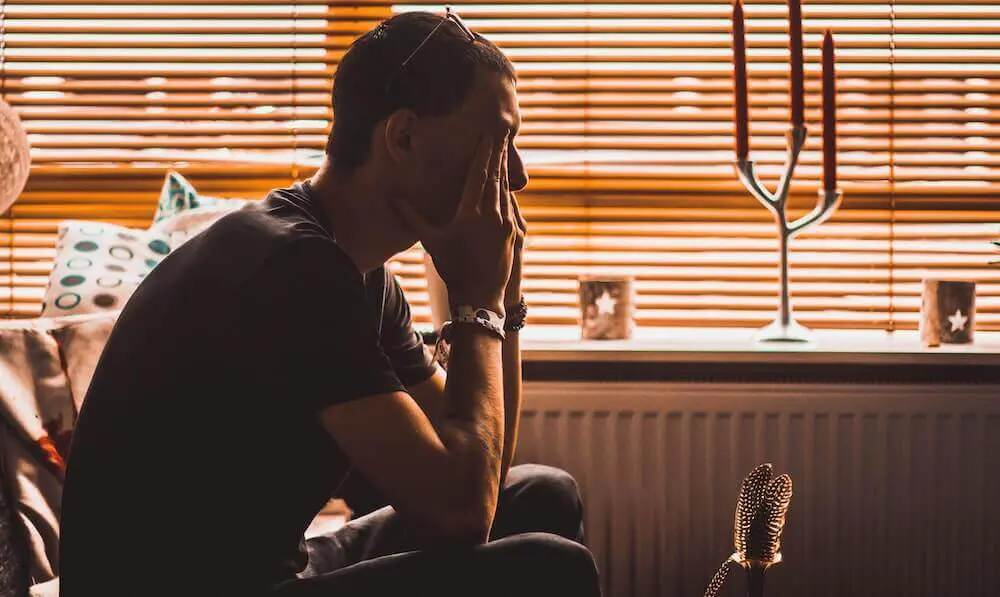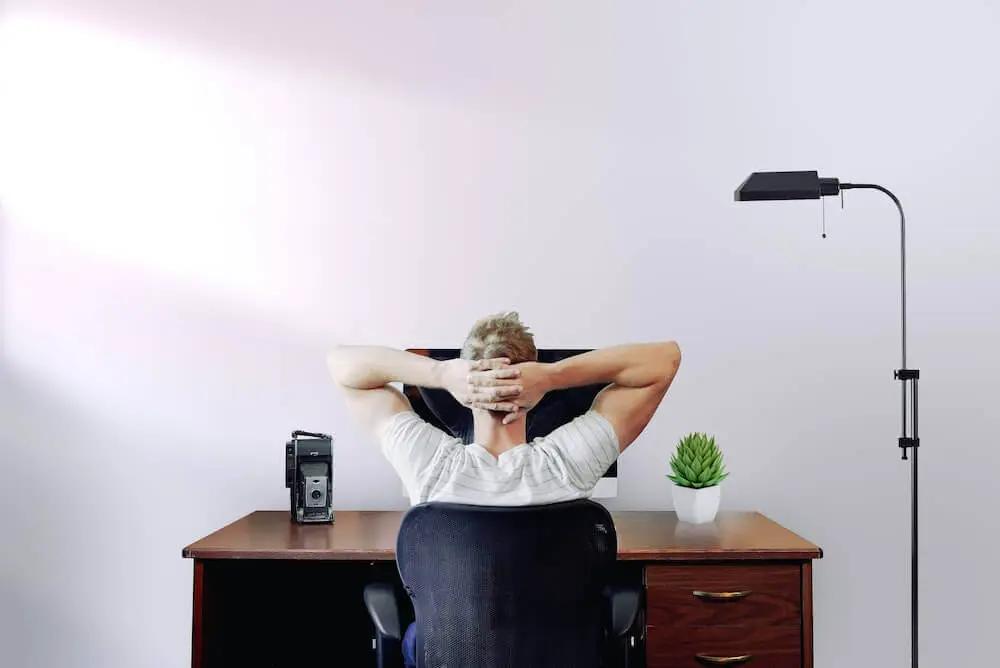How To Calm Down
It's 9am and you're sitting in a morning meeting.
You're needing to give a presentation today and you're feeling super anxious. Your legs keep shaking, you feel sick to your stomach and you're heart is pounding.
You remember hearing it can be helpful to take some deep breaths to calm your nerves so you decide to give it a try. As you do, you realize that you've been holding your breath and can't seem to inhale. Or your breathing is already quick and focusing on this is even more stressful. You think to yourself, “Great now in addition to public speaking I can add breathing to the growing list of things I can't seem to do!”
But what you may not realize is that taking a deep breath is just one of the many strategies you can try to help calm you down in the moment.
If you can relate at all to the above scenario, here are four tips to try today.
1. Start with a breath out
Most of the time when we hear instructions on how to practice calm breathing, we’re told to start by taking a deep breath in. However, if you’re already feeling anxious or overwhelmed you may be already holding your breath which makes it very tricky to do this. Instead, start by exhaling as much as you can. Go ahead, try right now. Let out a great big sigh. Picture pushing out all the air from your lungs. Automatically your body will respond by then inhaling which will allow you to start taking slow, deep breaths.
2. Make a breath sandwich
A quick breathing exercise you can do almost anywhere at anytime, is called a breath sandwich. Start by thinking of a soothing sentence, such as, “I’m in a safe place” “Everything will work out” “I’m a good person who deserves good things”.
Then take a deep breath in and while you’re holding it repeat the sentence in your head. Now take a deep breath out. (i.e. sandwich your sentence with a breath on either side). Repeat as necessary.
3. Focus on your feet
Sometimes when we’re anxious, we experience uncomfortable sensations inside our body. I’m talking about heart racing, sweating, legs trembling, crying, or hyperventilating. When this is happening it may be better to focus on a part of our bodies that feels less intense. Often our feet are the furthest away from the above symptoms. Take a moment to wiggle your toes and think about how your feet are feeling. Are they warm? Cold? Can you feel the softness of your socks or weight of your shoes? Push down into the ground and remind yourself of the security of the floor beneath you.
4. Focus on your physical environment
Now if even your feet feel anxious, it may be time to focus outside your body on your physical environment. The best way to do this is by using your senses. For example, take a moment to notice five things you can see that are blue, or three things that you can hear. If you have a small object nearby like a coin or pen hold it in your hand and notice how it feels. Is it cold? Hard? How does it feel when you squeeze it? Is it warming up.
As you take a moment to focus on this, your initial problem doesn’t go away but you’ve hopefully been able to catch your breath a bit and feel a bit calmer.
Now over to you…
Which strategy have you tried before? Have you learned of other tips that help you when you’re struggling with deep breaths? Comment below!
This article was written by Jaylin Bradbury during their time at Shift Collab.














.gif)







![Why You Need to Unfollow [@YourEx]](https://cdn.prod.website-files.com/625ec823c07cd8de32e1bae2/684af2346eb36cf47933e7ab_20240206T0910-707e5b7e-9802-42a3-8070-ba67b8dc33fd.webp)






![Summer Lovin' [not] Havin' a Blast](https://cdn.prod.website-files.com/625ec823c07cd8de32e1bae2/684af26ed2b68f821b628848_20240206T0910-fd1563e4-34d1-49e6-af59-9b95c717196a.webp)













































































